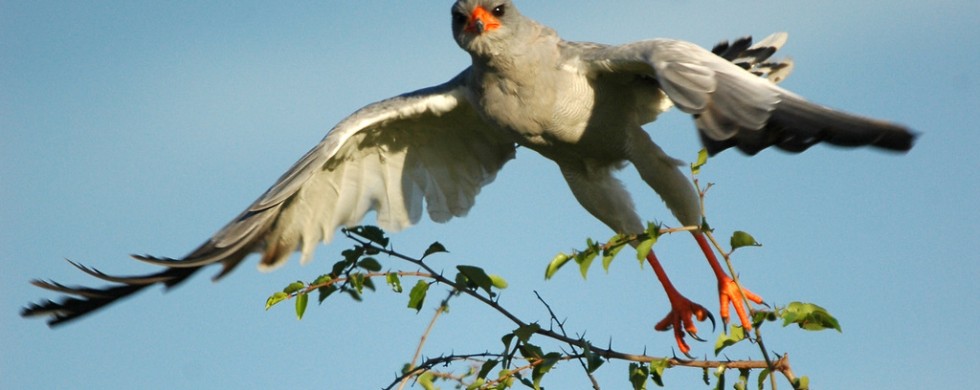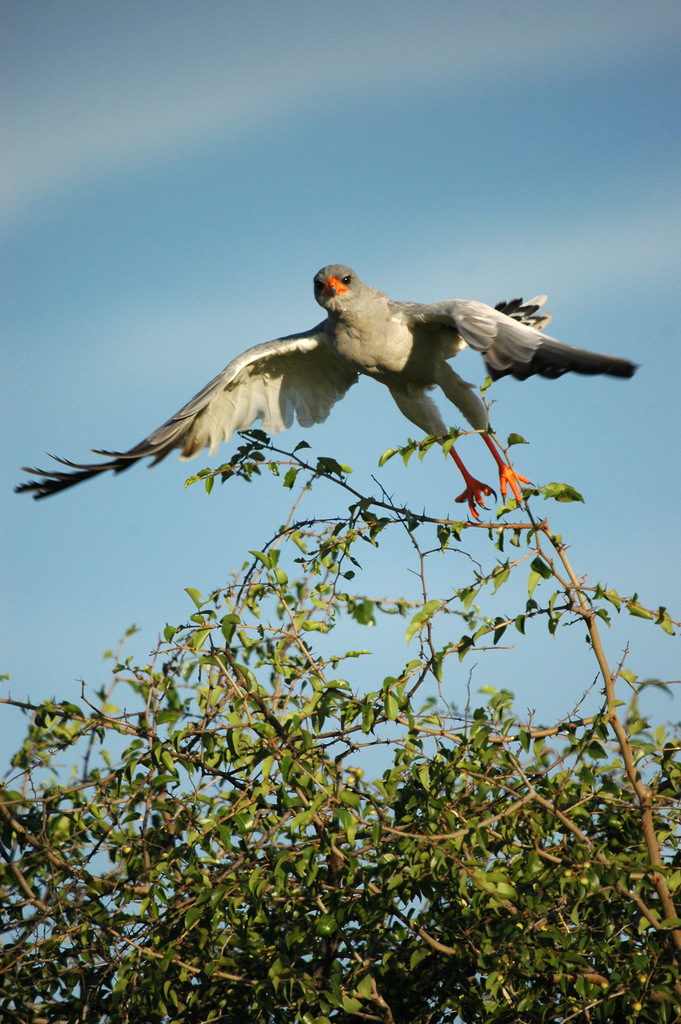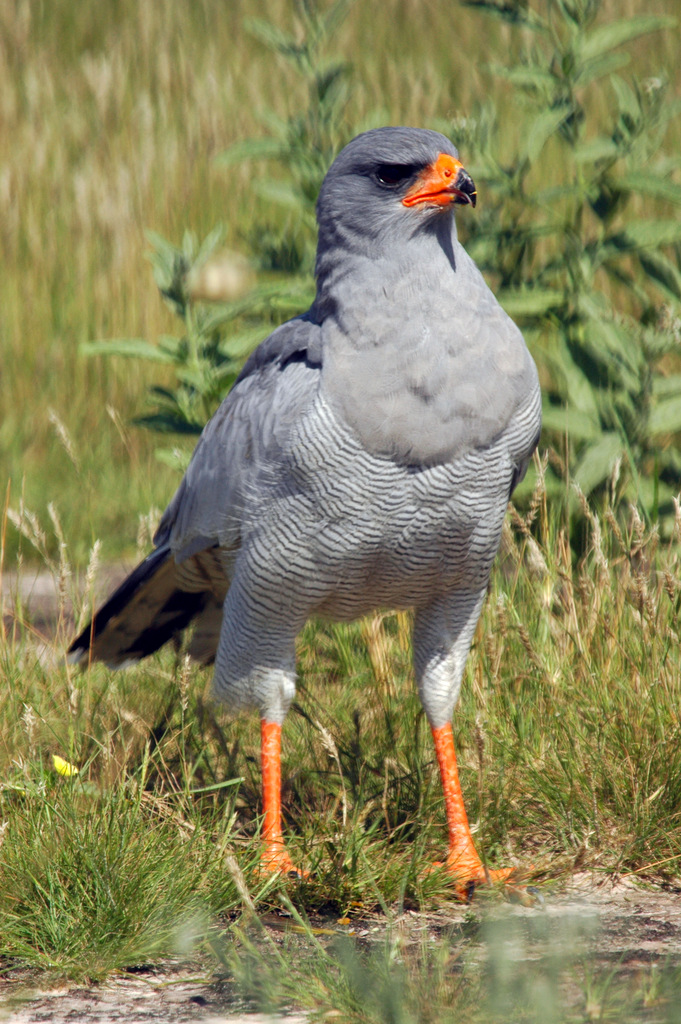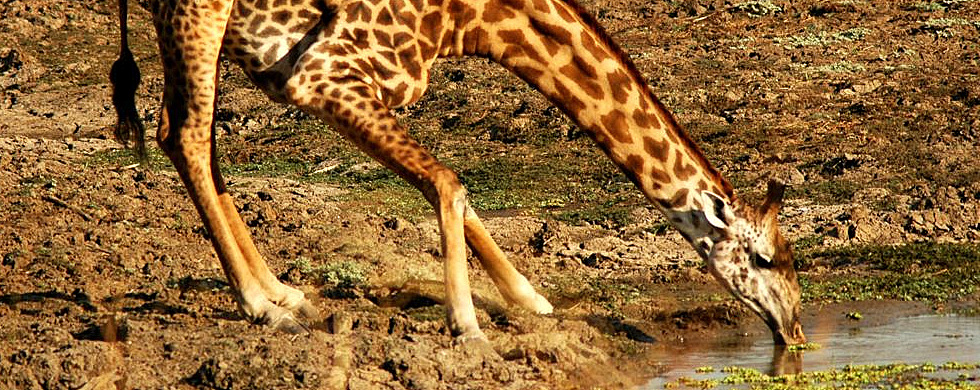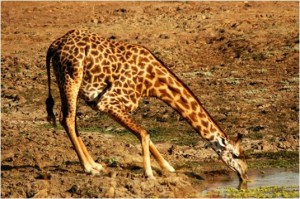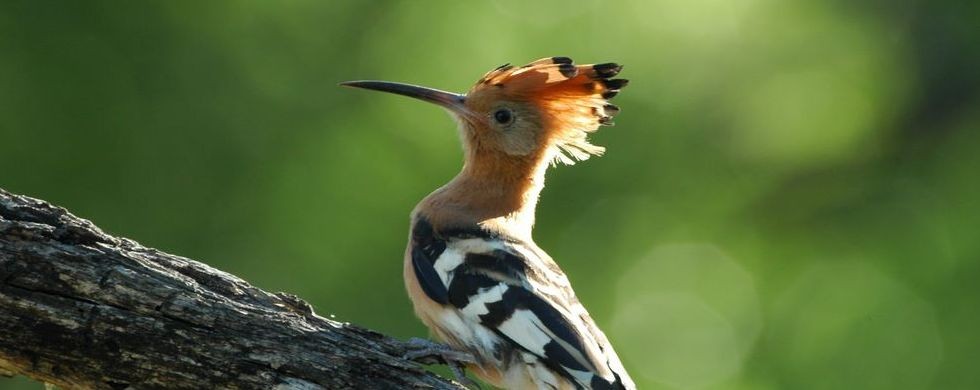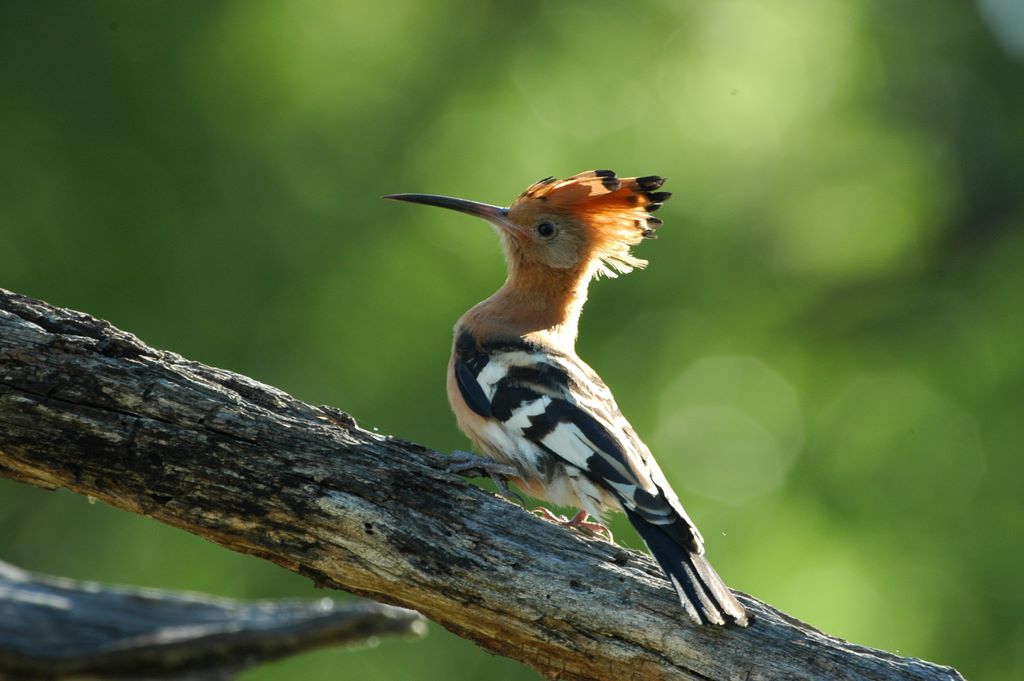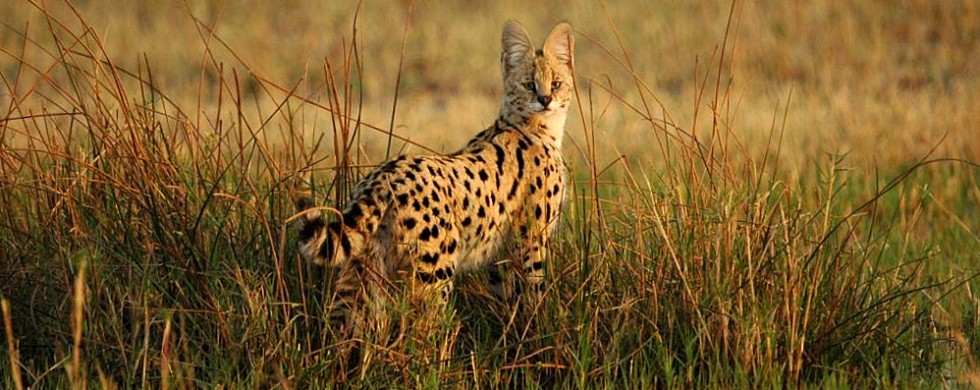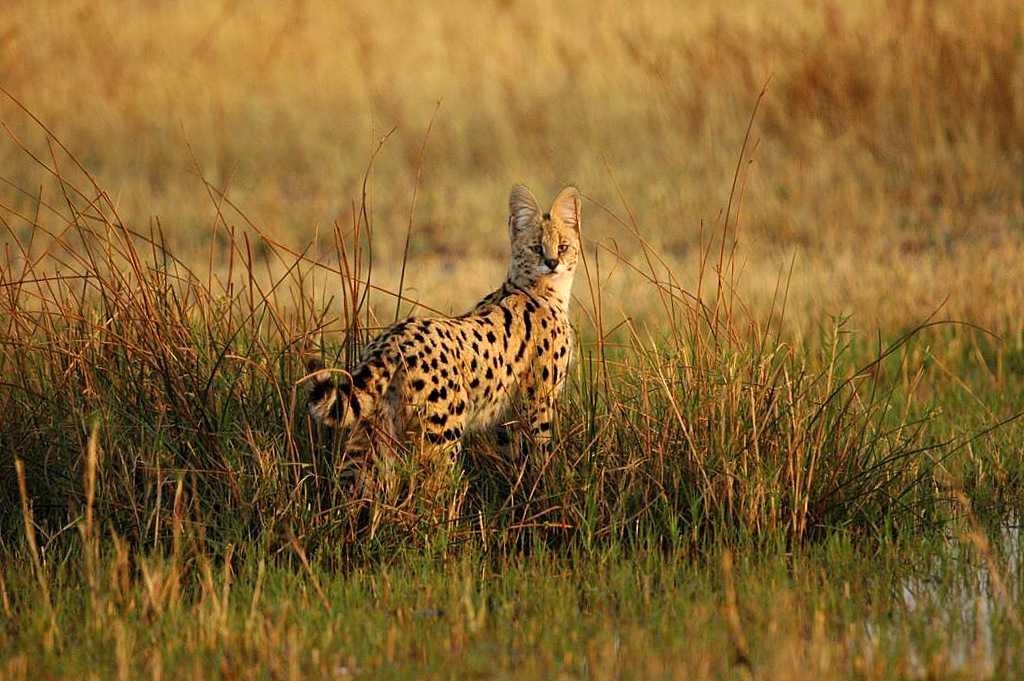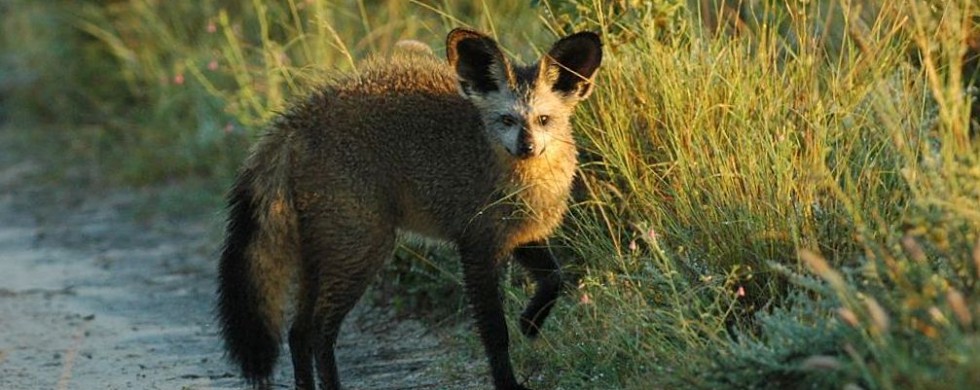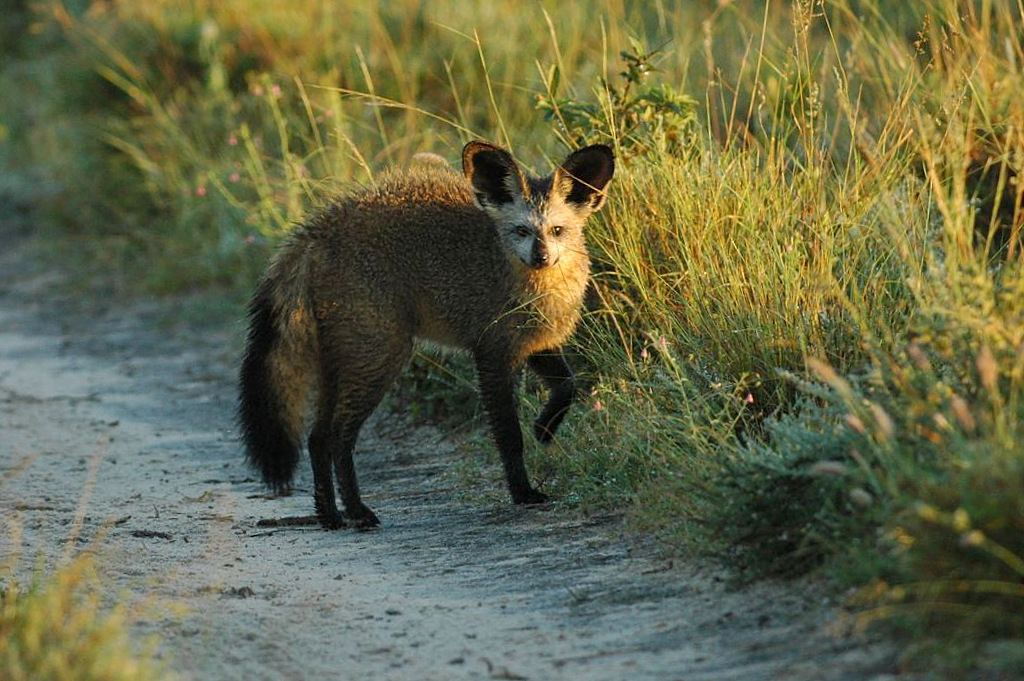15
Shot of the Month – June 2011
This month we visit with the (Southern) Pale Chanting Goshawk (SPCG). Doesn’t exactly roll off the tongue, does it?
I had never heard of such a bird and I was surprised when I first spotted this striking fellow while visiting the Central Kalahari Game Reserve in Botswana. SPCGs are distributed across southern Africa and prefer dry, open semi-desert environments. That would explain my lack of exposure to this fellow — I had not visited many southern African countries and I had explored even fewer game parks located in or near the deserts of these countries.
You can see in this lower photo the dapper marking of this raptor. Take note of the fine striped chest and leggings. His chest is an exquisite, delicate grey. And throw in a striking dash of color with those orange legs and black and orange beak. On several occasions, I almost injured my neck as I snapped my head around as my eyes were drawn to an orange beacon at the top of a tree or bush. Each time it was an SPCG. In the late afternoon light, already rich with hues of orange from the sun, his beak and legs seemed to glow with an other-worldly force.
SPCGs dine primarily on lizards, but will also eat small mammals, birds, and large insects. When hunting the SPCG will often land near his prey and then chase his victim down on foot.
It’s a ridiculous sight really, watching such a large bird sprint from here to there and back again like something out of a keystone cop film. The effect is even greater given that the bird is gussied up like some gangster from the 1940s. Throw in a pair of suspenders and his retro mobster look would be complete.
And who says that Mother Nature doesn’t have a sense of humor…?

